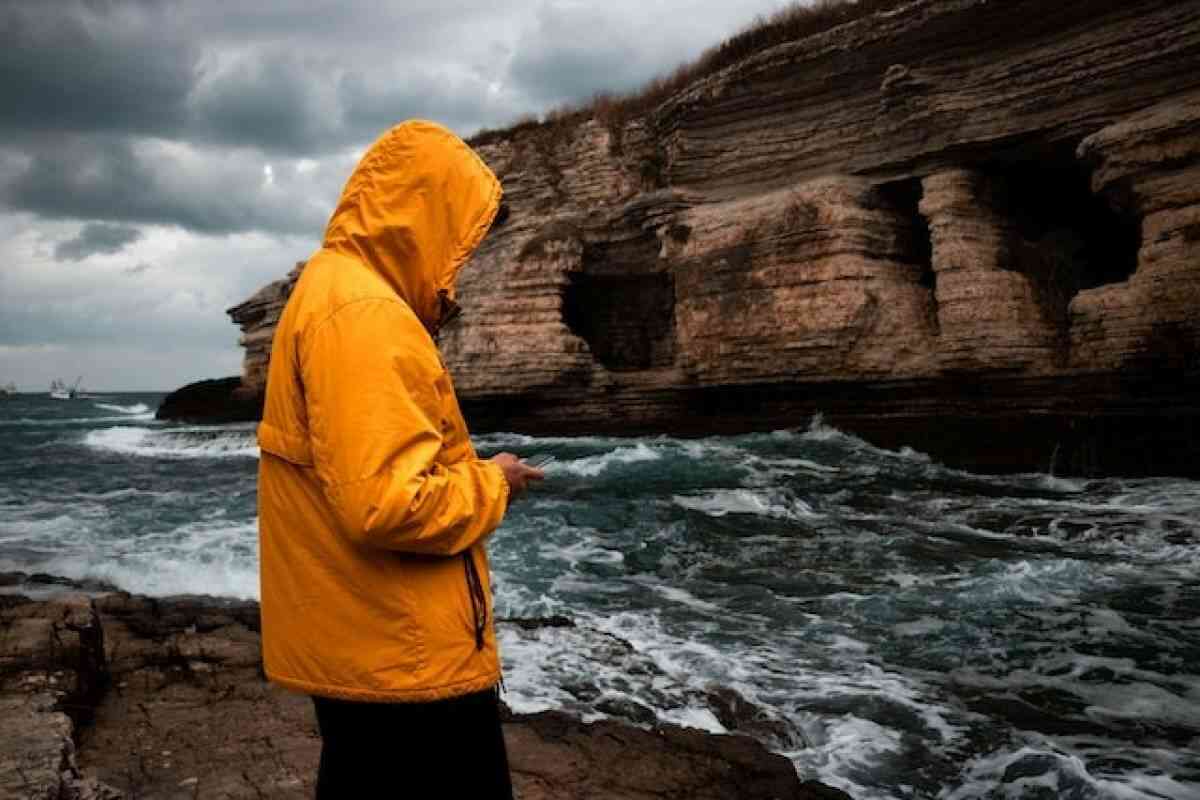Tips To Remember When You're Measuring The Weather
- - Category: Gadgets & Gizmos
- - 28 Sep, 2023
- - Views: 345
- Save

Storm chasing has gotten much more accurate and less dangerous as the years have gone by, but it still pays to prepare.
Do you love following the weather patterns? Are you an amateur who loves tracking trips and chasing storms? If so, you're in the right place! In this blog post, we'll share some essential tips to remember when measuring the weather. These guidelines will help you stay safe, prepare equipment, plan, and more. Whether you're an enthusiast or a professional meteorologist, these tips will be useful when monitoring and analyzing weather patterns.
Plan Ahead
The first thing to remember when measuring the weather is to plan. Always check the weather forecast to ensure you are well prepared. Be aware of severe weather warnings, including storms, hurricanes, or tornadoes. Plan your trip, find a location to provide a good vantage point, and plot your route accordingly. Always bring a GPS device or a map and compass with you.
Be Safe
Safety is a top priority when measuring the weather. Before heading out, always wear the appropriate clothing, including sturdy shoes, waterproof jackets, and hats. Ensure you have plenty of water, food, and a first aid kit. If you’re driving, ensure your car or truck is in good condition to navigate any undesirable weather conditions.
Prepare Your Equipment
Ensure all your equipment is in good order before heading outside, including your thermometer, barometer, anemometer, and rain gauge. Before heading out, be sure you’ve done proper battery and antenna testing, and bring backups in case of emergency. If you're using a camera or video equipment, be sure the batteries are charged up to get the ideal shots. It's a good idea to bring a tripod to maintain the stability of your equipment during dangerous conditions.
Take Notes
A significant aspect of measuring the weather is taking excellent notes. Ensure you record all observations using a pencil or pen. Remember to include the time and date, location, weather conditions, temperature readings, barometric pressure, humidity, wind speed, and direction. It's also a good idea to include the sky's cloud coverage and sunrise and sunset times to understand the weather patterns better.
Share Your Results
The best way to learn and improve your weather-tracking skills is to share your results with other enthusiasts and professionals in the field. Use social media platforms to post your findings. You can join local or national weather groups on Facebook or Twitter to share your results. Collaboration is an excellent way to learn and share your experiences with other weather enthusiasts.
In conclusion, being a weather enthusiast is an enjoyable and exciting experience, but remember, it can also be dangerous. Therefore, planning, taking safety precautions, preparing your equipment, taking notes, and sharing your results with other enthusiasts and professionals in the field is imperative. Following these tips will help you get accurate and reliable data and stay safe while exploring and tracking weather patterns. Happy tracking!

